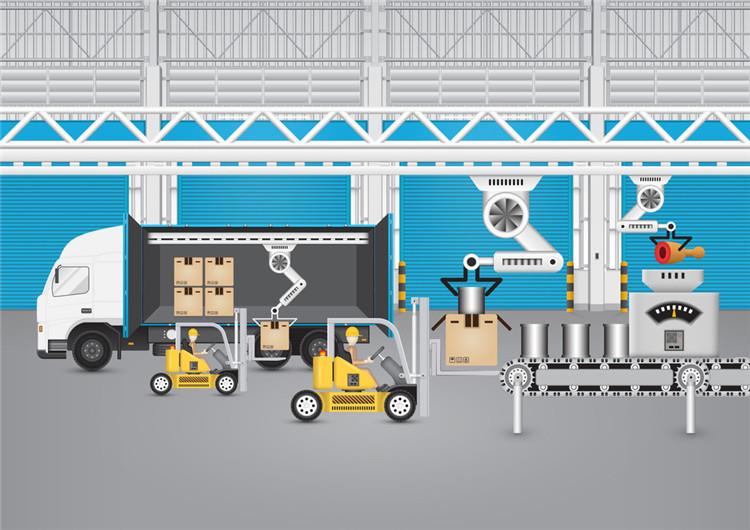 84
84
As the cross-border e-commerce market continues to grow and competition becomes increasingly fierce, some sellers have begun to choose self-fulfillment as a way to improve efficiency and reduce costs. Self-fulfillment, as the name suggests, refers to the seller managing inventory, picking, packaging, and shipping processes on their own.
For cross-border sellers, how can they effectively implement self-fulfillment? Here are a few suggestions:
1. Establish a comprehensive inventory management system. Self-fulfillment requires sellers to manage their own inventory, so it is necessary to establish a complete inventory management system. Sellers can use ECCANG's cross-border ERP software to achieve real-time inventory monitoring and allocation. In addition, sellers need to update product information and stock quantities in a timely manner to avoid stockouts.
2. Optimize the picking and packaging process. Self-fulfillment requires sellers to manage the picking and packaging process, so sellers need to optimize these links to improve efficiency and accuracy. Sellers can improve efficiency and reduce errors through standardized packaging and automated picking. Additionally, sellers need to pay attention to packaging quality and product protection to prevent damage or loss during transportation.
3. Choose the appropriate logistics channel. Sellers can choose logistics channels through various means, such as comparing the prices, services, and timeliness of different logistics companies. Additionally, sellers need to pay attention to the reliability and safety of the logistics channel to avoid unexpected situations during transportation. You can also use ECCANG's cross-border ERP logistics comparison function to quickly find a fast and reliable logistics channel.
4. Establish an after-sales service system. Self-fulfillment requires sellers to handle after-sales service issues on their own, so it is necessary to establish a comprehensive after-sales service system. Sellers can improve the quality and efficiency of after-sales service through the establishment of an after-sales service center and the provision of online customer service.
5. Improve efficiency through software. Self-fulfillment requires sellers to manage orders, inventory, logistics, and other links on their own, so sellers can use some professional software to improve efficiency and reduce costs. For example, sellers can use ECCANG's cross-border ERP to manage orders and inventory, realize multi-platform order processing, and multi-warehouse inventory management.
In summary, self-fulfillment is a way to improve efficiency and reduce costs, but it also requires sellers to have certain management and operational capabilities. The above suggestions are for reference only, and sellers can choose suitable methods and tools based on their own situation and experience to improve the efficiency and quality of self-fulfillment.
